Bereaved families remember Mars astronauts with Franziska Steingen's Soot Home Grieving Set
If an astronaut were to die on their way to the red planet, German designer Franziska Steingen's Soot Home Grieving Set is intended to help their family mourn the loss.
After studying the topic of Mars space travel on a trip to NASA in Houston, Steingen began to consider what would happen if one of the astronauts would die during a mission.
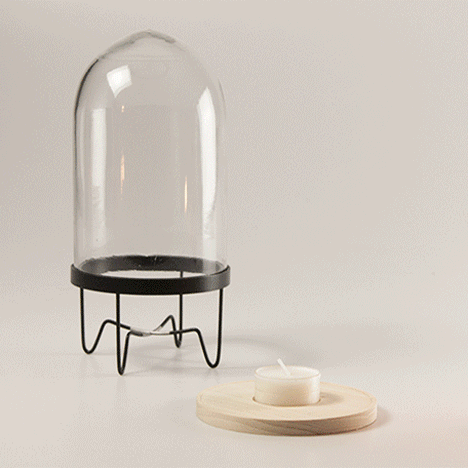
As funerals on Mars are currently impossible, the German designer aimed to design an object that could provide closure for those mourning on Earth.
"I found the theme of death – as uncomfortable as it may sound – culturally, historically and philosophically very interesting," said Steingen. "After visiting at NASA in Houston, I dealt very intensively with the topic of Mars and the journey there, but I was curious about what would happen if one of the astronauts would die on the way or on the red planet."
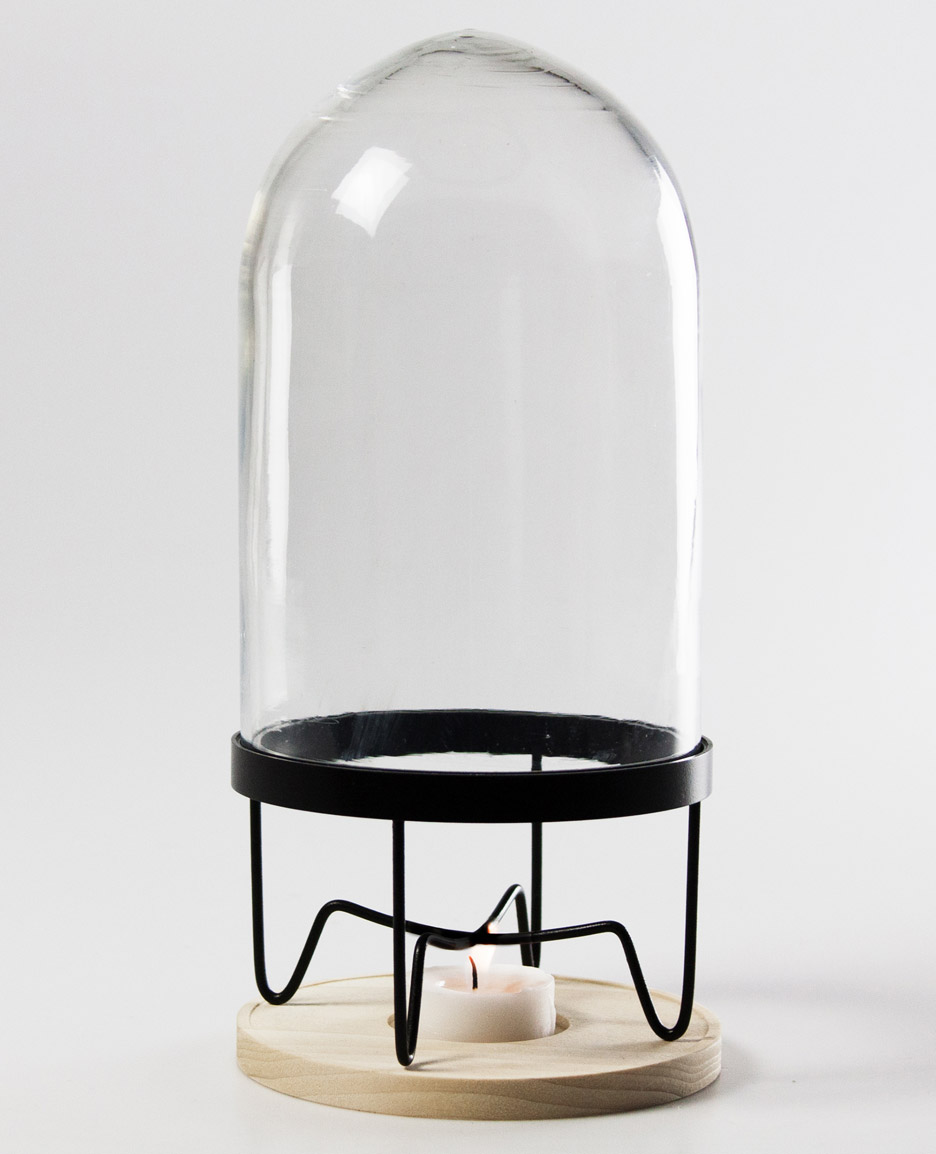
There has been a growing interest in travel to Mars since NASA's robotic Curiosity rover landed on the planet in 2012. The organisation anticipates that its long-term Orion program will facilitate human spaceflight to Mars around the year 2035.
In 2013, over 200,000 people applied for a one-way ticket to join a Mars settlement, and last year NASA ran a competition to find proposals for 3D-printed housing on the red planet.
Steingen's Soot Home Grieving set consists of a glass urn and a candle holder.
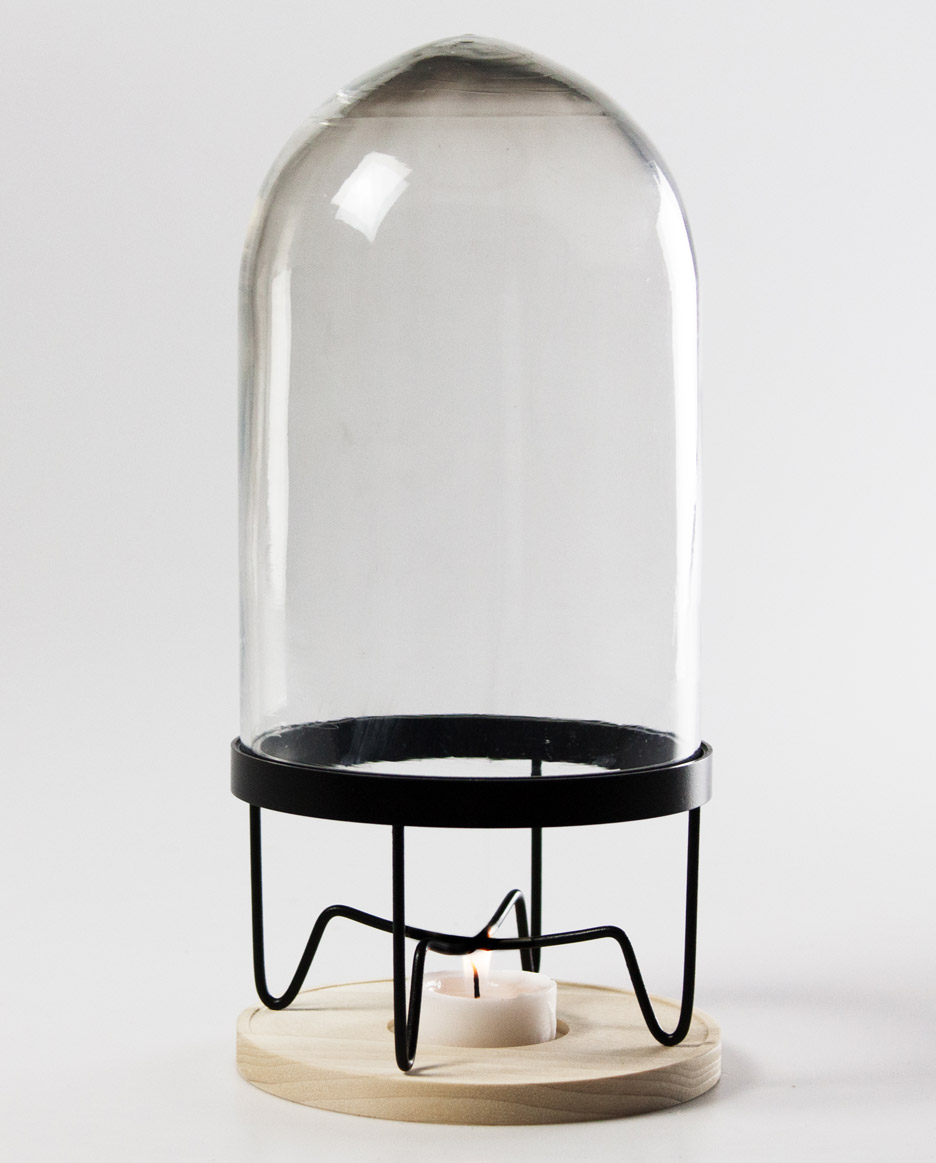
As a body would not be returned to Earth, the urn would be filled with the ashes of the deceased's personal property before being sealed with a wooden stopper.
The second object allows mourners to "visualise the mourning process" by performing a candle-lighting ritual.
Once the candle is lit, it is placed onto a wooden plate and covered by a glass dome supported by a steel frame.
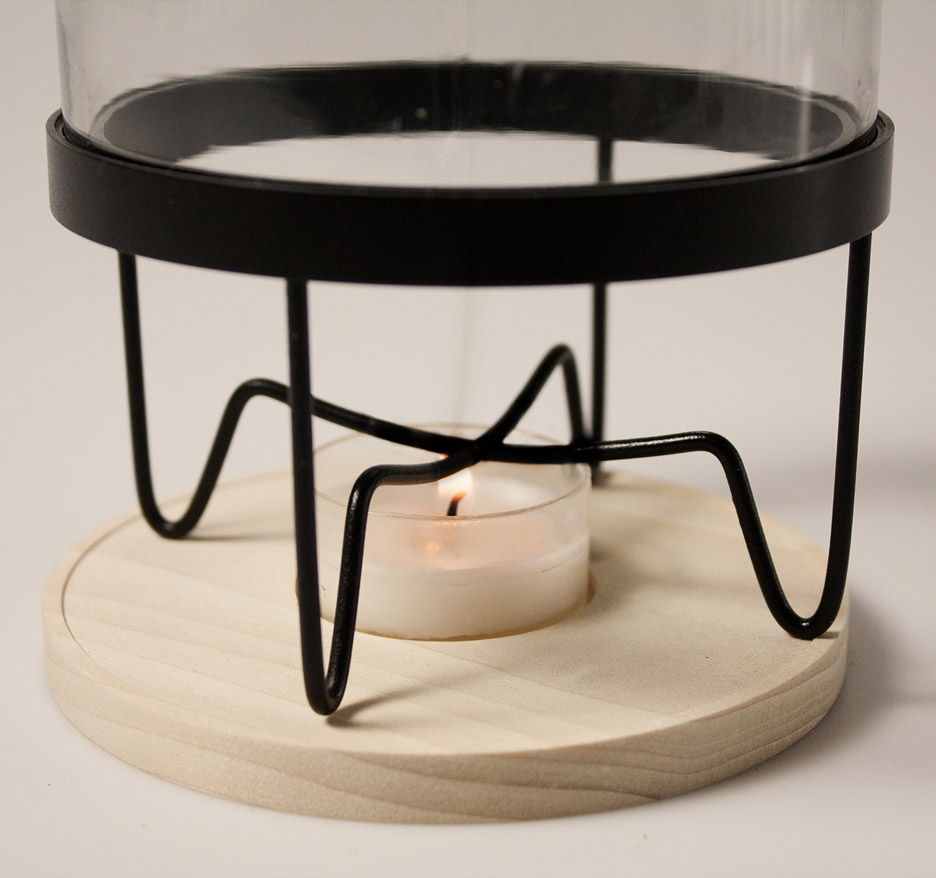
When the top of the candle flame comes into contact with the metal, soot forms and sticks to the top of the glass dome.
The more the ritual is performed, the darker the glass becomes until it is completely covered with soot.
"Soot allows us to make grief visible in a society in which death and mourning for the dead is still a taboo subject," said Steingen. "Death and mourning is rarely spoken about. People find it hard nowadays to bear the feelings of mourning in the community, although the need to do this is often."
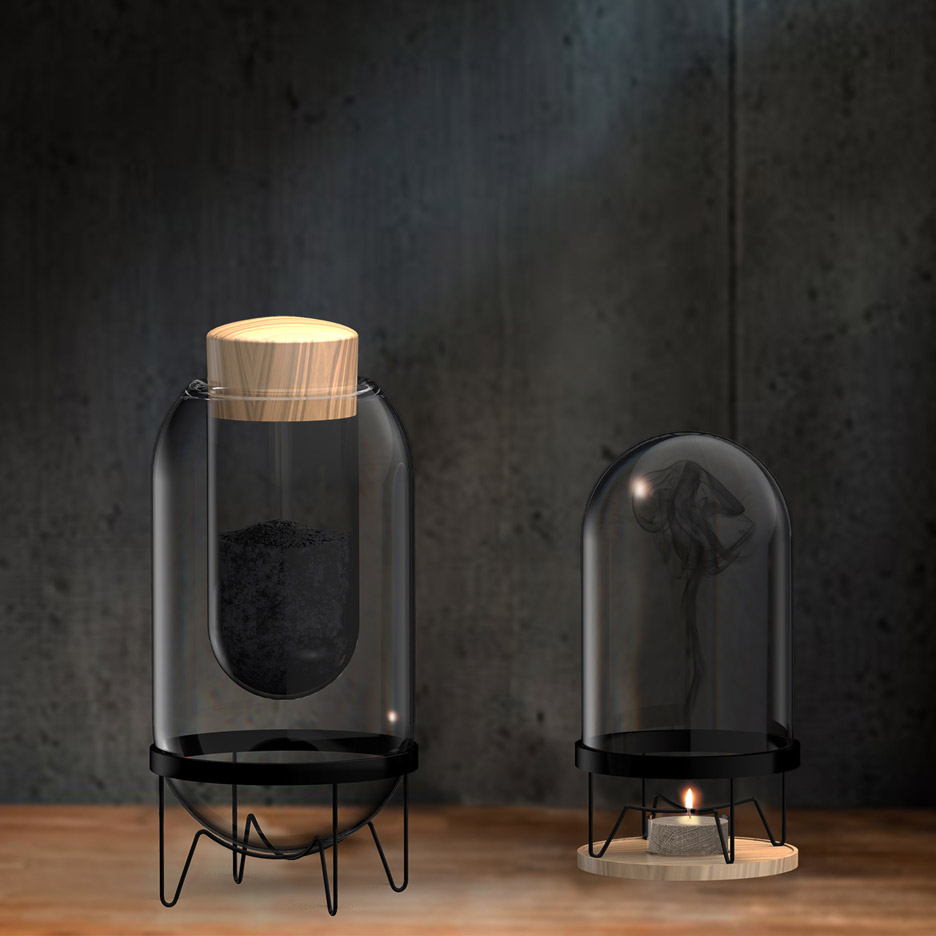
"The urn gives comfort and pushes us to talk about death and grief and to share this with other people," she added.
Other designers have also created alternative products for holding cremated remains. Neil Conley's non-traditional interpretation involves urns constructed from carbon fibre reclaimed from decommissioned aircraft.
Geraldine Spilker created a process that would bind ashes with resin to produce a memento object, while Mark Sturkenboom designed a "memory box" containing a dildo with a compartment for storing the ashes of a deceased partner.